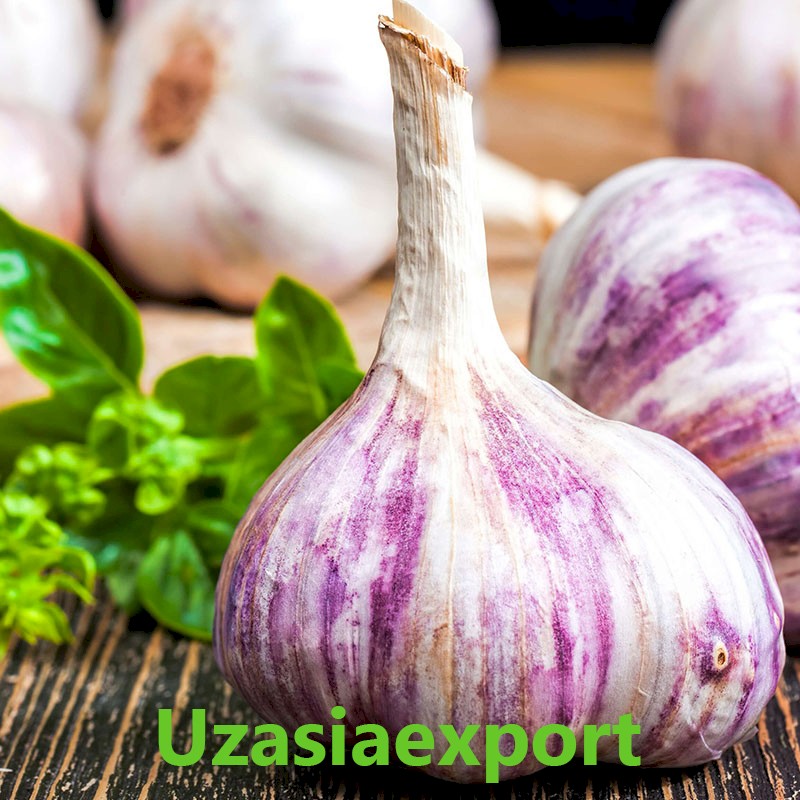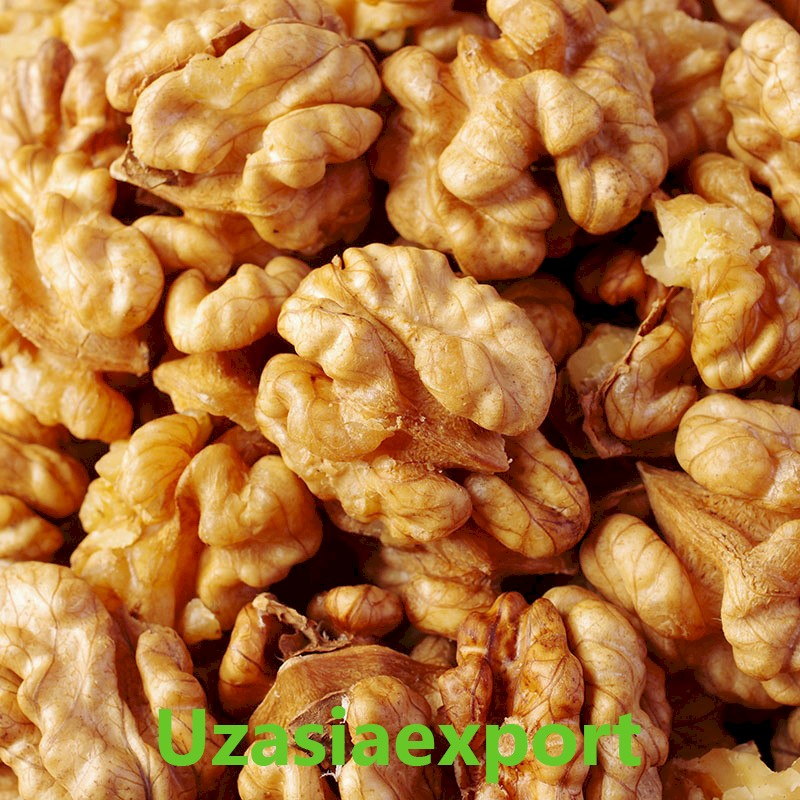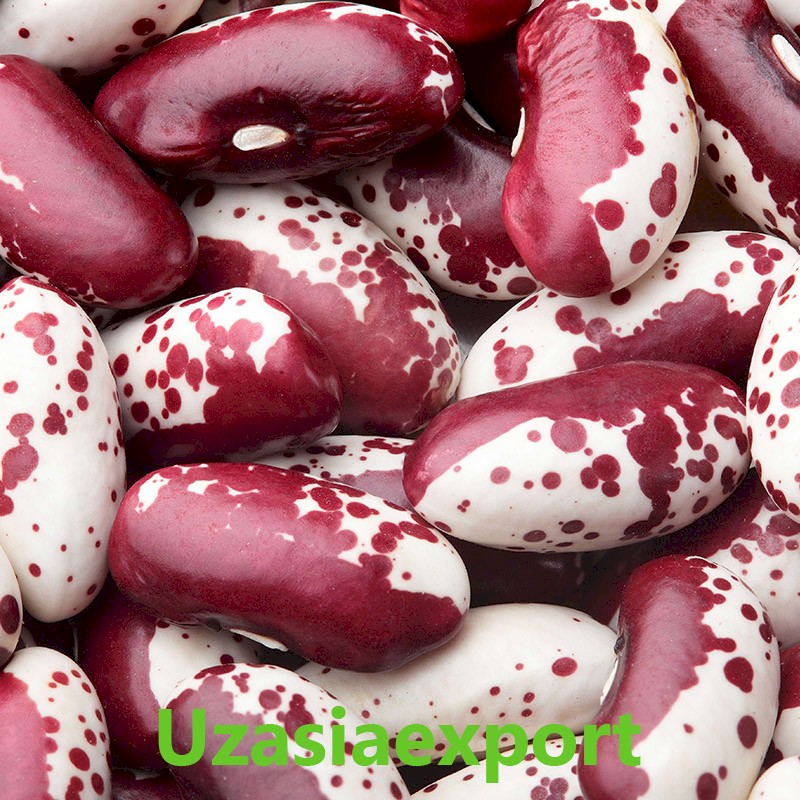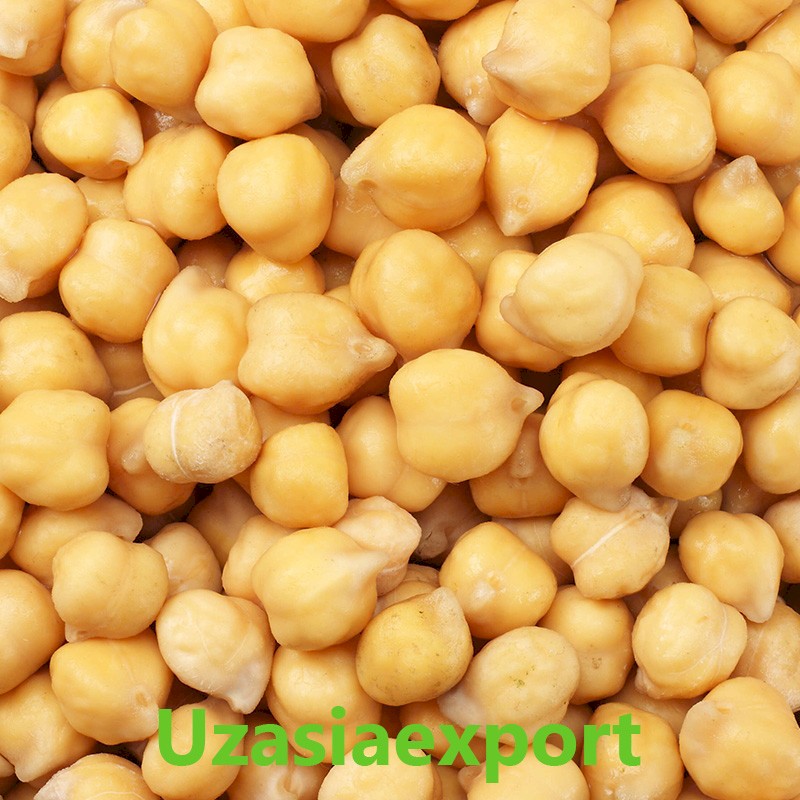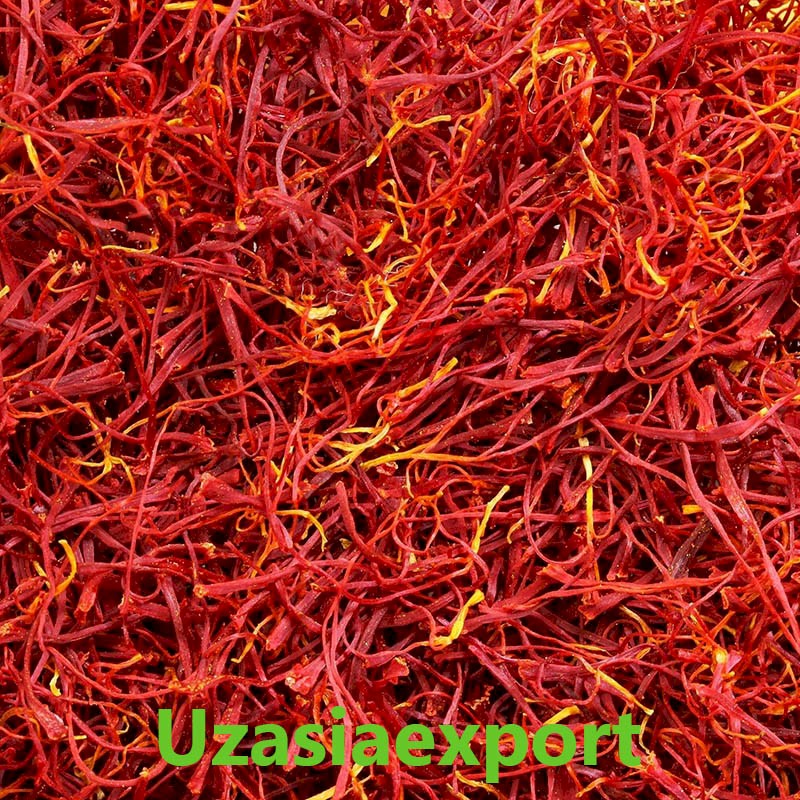Garlic
-
Product category: Vegetables
-
Species (Varieties): Donetskiy feoletoviy Djalalabadskiy Aurgazinskiy Kharkovskiy Komsomolets Gribovskiy yubileyniy Starobelskiy 62 Dushanbinskiy Yudjno-fioletoviy Mayskiy vir
Suppliers:0
Small description
Garlic refers to plants with a perennial life cycle. The history of the appearance of garlic in people's lives is rooted in ancient times. For example, 5,000 years ago it was used as a treatment for a range of ailments in ancient Rome and Greece. Garlic is rich in various nutrients, vitamins and minerals. Currently, garlic is often used as a general tonic, as well as a means of preventing colds, as it helps to destroy infectious agents. In addition, garlic is used as an ingredient in the preparation of various dishes and salads, to which it gives taste.
Garlic is top in group of all other vegetables in terms of nutrient content. It contains (average) 64-66% water, 6.7% nitrogenous substances, 0.06% fats, 26.3% nitrogen-free extractives, 0.77% fiber, 1.44% ash and also 10-12 mg% vitamin C. The volatile essential oils of garlic give it a unique taste and aroma.
Garlic has avitaminosis that means of treating various inflammatory processes, infectious diseases, has a positive effect on the secretory activity. Garlic has long been used in the prevention of atherosclerosis, sore throat, asthma, tuberculosis, digestive disorders and worm diseases.
All types of onion plants are, first of all, tasty vegetables that stimulate the appetite and digestive fluids and improve blood circulation.
Garlic is eaten fresh and processed. It is widely used in the canning industry, as a spice for various dishes, as well as for the preparation of meat products. Due to its high healing properties, phytoncides, drugs prepared from it are used in medicine in the treatment of gastrointestinal diseases, respiratory, nervous and cardiovascular systems.
The stem of the garlic has a short broad bulbous appearance, with an overlapping leaf at the top, and a vein at the bottom, at the base of the bulb. The remaining 2–3 mm between the stem and the leaf. around, 1-2 mm. thickness. On this stem develops an after-budding bud stage. These stems emerge from the place where the leaves that protrude above the stem meet the stem. The stem and leaves that hold the garlic in place have been popularly referred to as the “fake stem”. Each subsequent leaf grows out of the previous one, forming a false stem.
The leaves are flat, linear, smooth, dark green or bluish in color due to waxy. The lower part of the leaf is tubular and the upper part is oblong. With the cessation of growth of new leaves, the false stem turns into a foam and the leaf and stem lie down. The leaves stick tightly to each other with the bases, forming a fake stem. During the period of garlic growth, the height is 15-40 cm. forms a fake stem. The height of the flower stem is 60-150 cm. or longer. The flower stem is flat, smooth and straight. Whether or not to produce flower stalks in garlic in general depends on the conditions of the area where these varieties are grown.

Suppliers of this product
Shown 0 goods from 0
Hot deals
Popular products currently available


